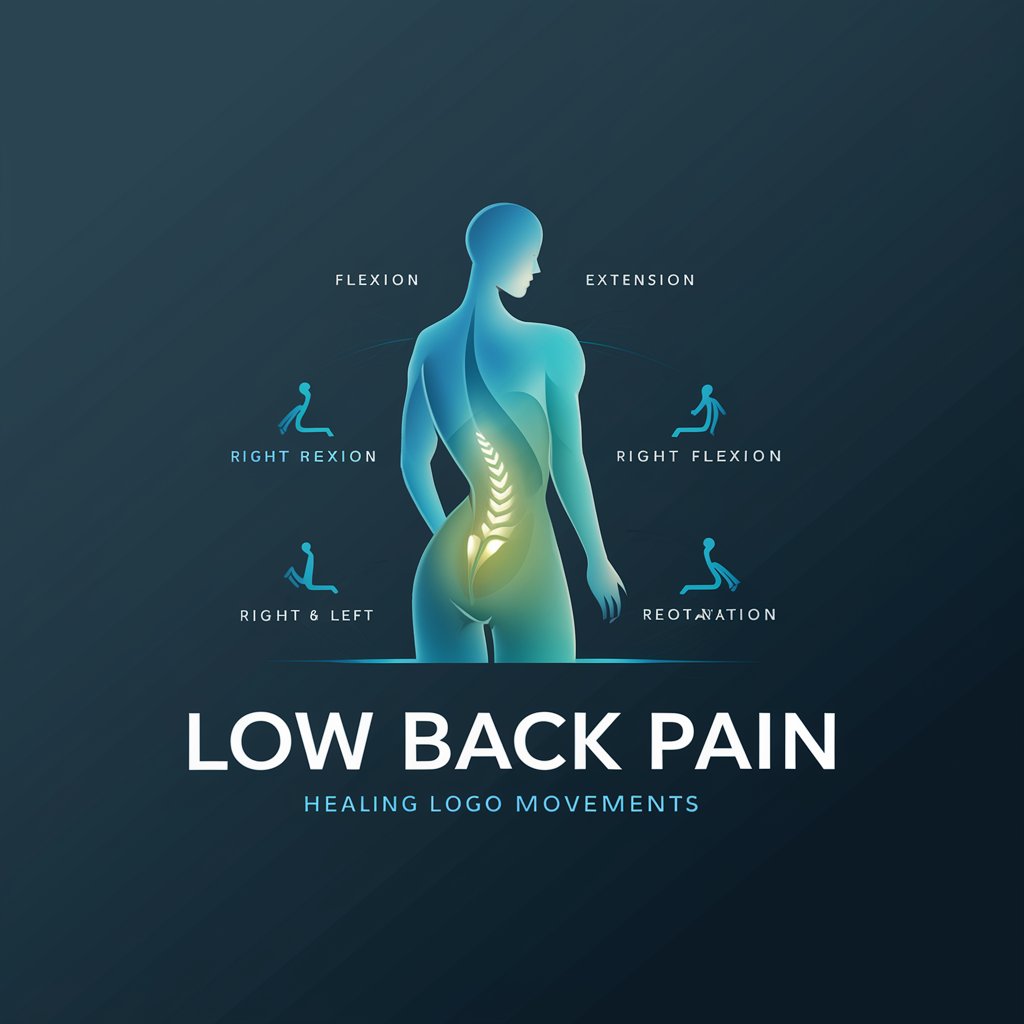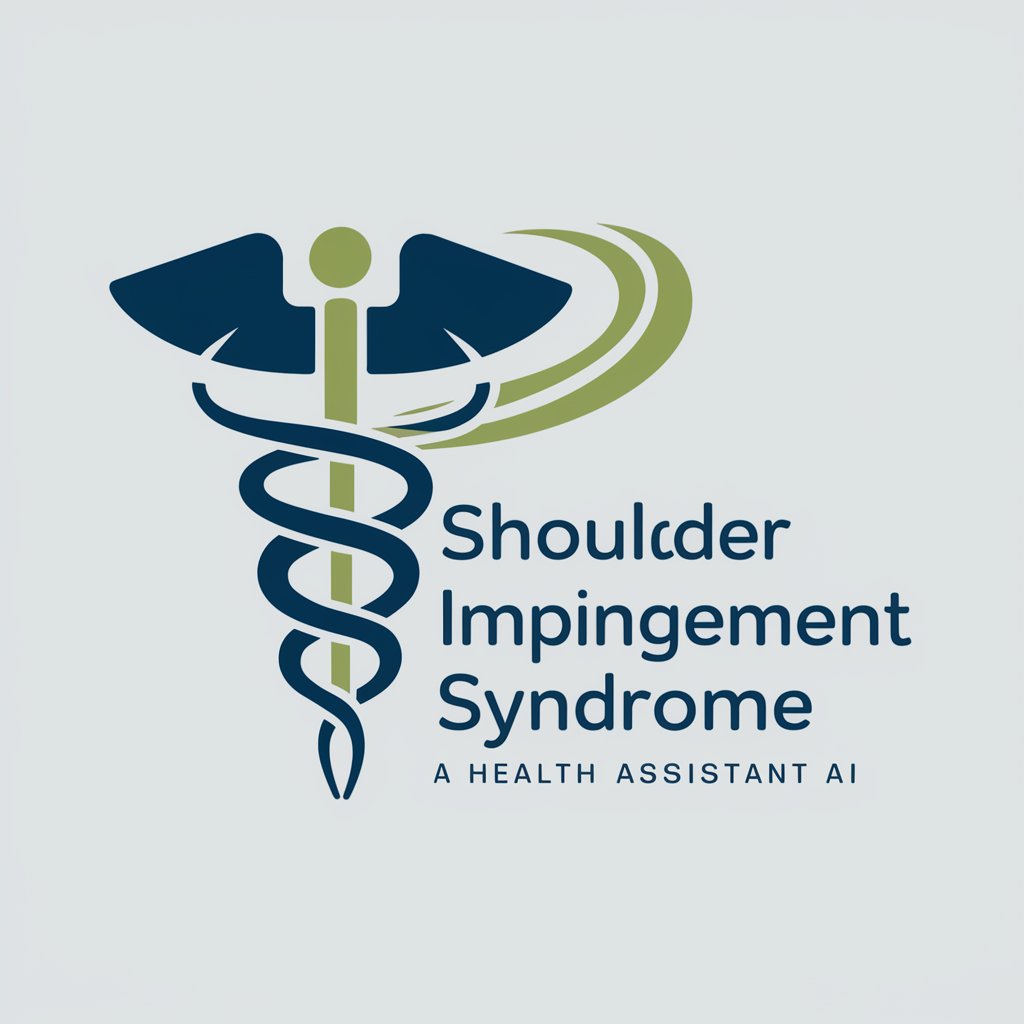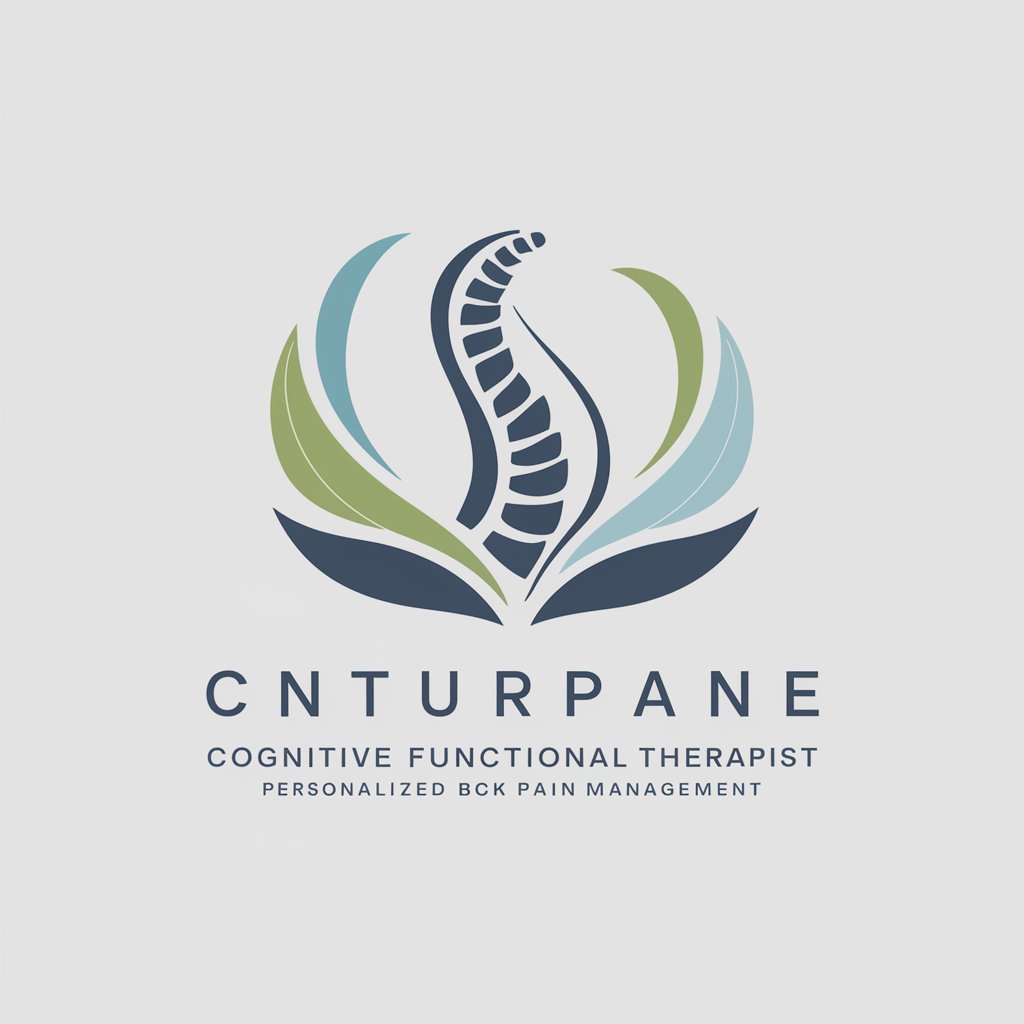
Shoulder pain - Shoulder Pain Advice
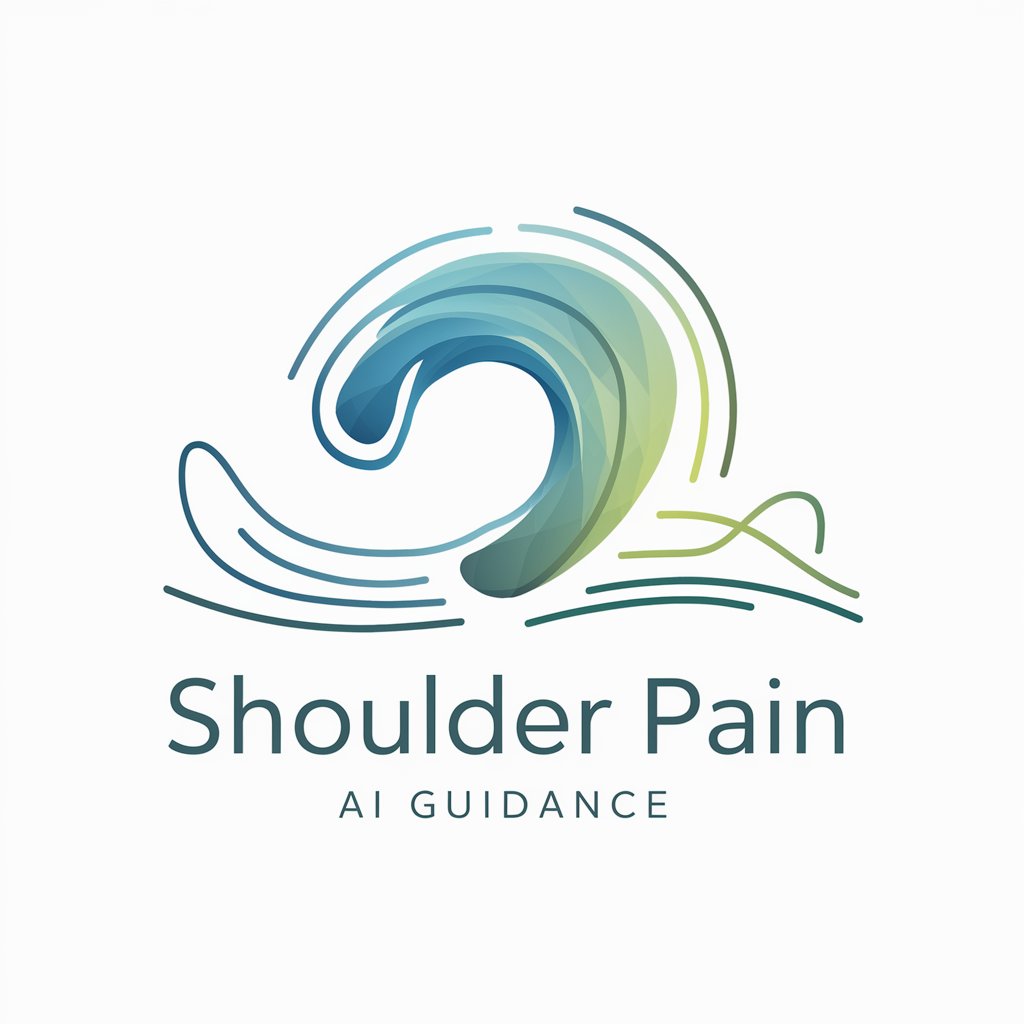
Welcome! Let's manage your shoulder pain effectively.
AI-Powered Shoulder Pain Management
How can I maintain range of motion while managing shoulder pain?
What are the best stretches to prevent frozen shoulder?
Can you suggest pain-free exercises for shoulder pain relief?
How quickly does muscle strength decline with complete bed rest?
Get Embed Code
Introduction to Shoulder Pain GPT
Shoulder Pain GPT is an AI-driven platform designed to assist individuals experiencing shoulder pain by providing targeted advice and strategies for pain management and maintaining range of motion. It emphasizes non-invasive, practical approaches that can be easily integrated into daily routines to prevent the exacerbation of shoulder conditions, such as frozen shoulder. Through personalized suggestions, it guides users in performing stretch exercises tailored to their comfort level, ensuring they stretch just below the pain point to avoid further injury while aiding recovery. The platform's foundation is built upon the understanding that inactivity, especially complete bed rest, can lead to significant muscle strength loss, with studies indicating a reduction of 1% to 1.5% per day in healthy individuals. Thus, Shoulder Pain GPT advocates for maintaining an active lifestyle, with a focus on careful and guided movement to prevent muscle atrophy and stiffness in the shoulder region. Powered by ChatGPT-4o。

Main Functions of Shoulder Pain GPT
Pain Management Guidance
Example
Providing instructions for ice or heat application, over-the-counter pain relief options, and relaxation techniques.
Scenario
A user experiencing acute shoulder pain after a minor sports injury could be guided on applying ice to reduce inflammation and advised on safe over-the-counter medication to alleviate pain.
Customized Stretching Exercises
Example
Offering tailored stretching routines that target the shoulder muscles without exacerbating pain.
Scenario
An individual with early signs of frozen shoulder could receive a set of stretching exercises designed to maintain range of motion, with step-by-step instructions to ensure they stretch just below the pain threshold.
Preventive Advice for Muscle Atrophy
Example
Educating users on the importance of maintaining shoulder movement to prevent muscle loss and stiffness.
Scenario
For someone recovering from shoulder surgery and limited in mobility, Shoulder Pain GPT could provide gentle mobility exercises to be performed within pain-free ranges to prevent muscle atrophy during recovery.
Ideal Users of Shoulder Pain GPT
Individuals with Acute Shoulder Pain
People who have recently experienced shoulder injuries or discomfort, such as strains from physical activity or minor accidents, can benefit from immediate pain management techniques and preventive exercises to avoid chronic conditions.
Patients in Post-Surgical Recovery
Individuals recovering from shoulder surgery who need guidance on safely maintaining shoulder mobility and strength during their recovery period, without risking further injury or prolonged immobility.
Those at Risk of Frozen Shoulder
Individuals experiencing stiffness or reduced mobility in the shoulder, possibly due to age, inactivity, or underlying health conditions, who seek to maintain or improve their range of motion through guided stretching and mobility exercises.

How to Use Shoulder Pain
Start Your Journey
Begin by accessing yeschat.ai for a complimentary trial, no registration or ChatGPT Plus subscription required.
Identify Your Needs
Assess your shoulder condition and specific pain points to tailor the guidance you seek, whether for injury recovery, pain management, or improving flexibility.
Engage with the Tool
Use targeted inquiries to receive customized advice and exercises that cater to maintaining and improving shoulder range of motion and managing pain.
Apply Recommendations
Implement the suggested exercises and techniques in your daily routine, ensuring to stretch just below the pain threshold to prevent exacerbation.
Monitor Progress
Regularly evaluate your shoulder's condition and adapt the advice received as you progress, avoiding any actions that may lead to further injury or discomfort.
Try other advanced and practical GPTs
Pain Prodigy
Empowering pain management with AI-driven insights.

Patellofemoral Pain Syndrome.
AI-powered knee health advisor

Lean Mentor
Empowering Lean Excellence with AI

Lean Canvas
Simplify Your Business Model with AI

Lean Sensei
AI-Powered Lean Methodology Expert
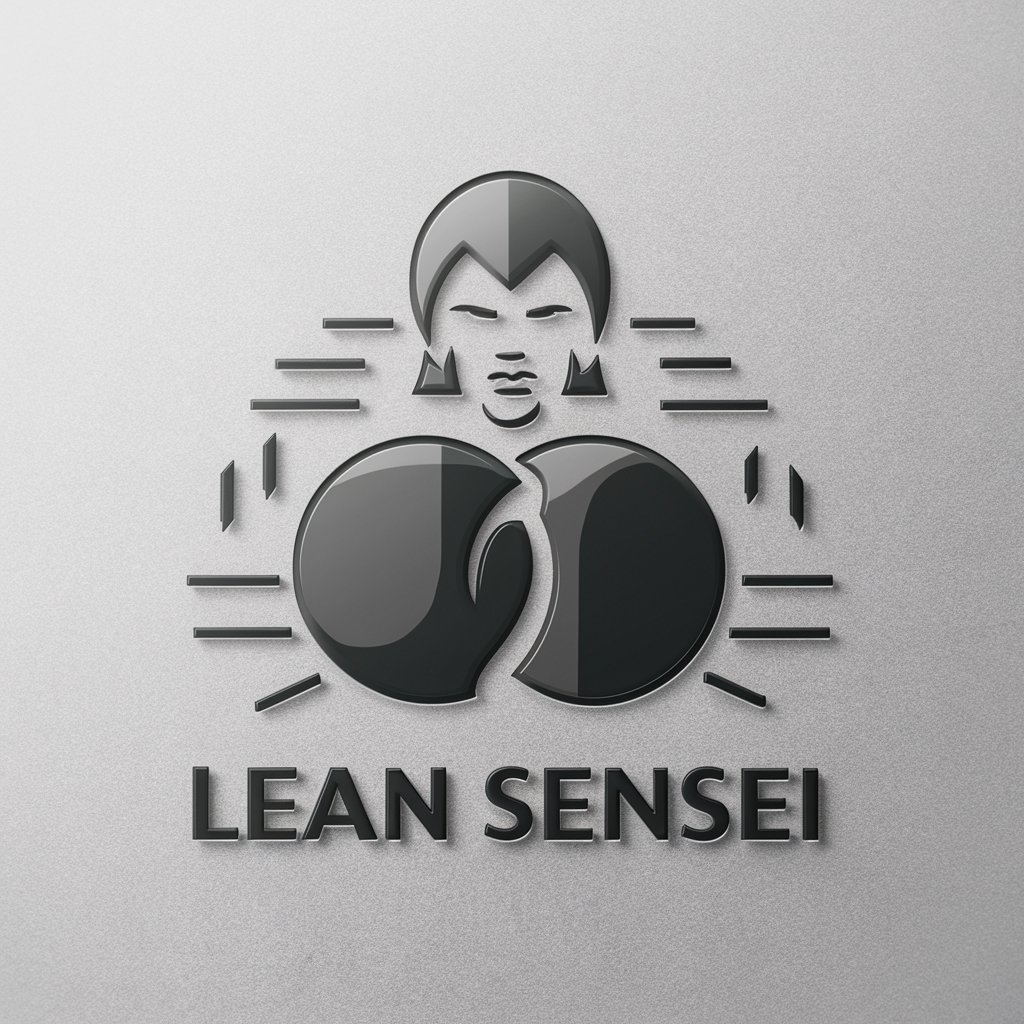
Lean 4 Tutor
Master theorem proving with AI guidance.

Knee pain
Empowering Your Journey Towards Knee Health

Back Pain
AI-Powered Back Pain Relief Solutions
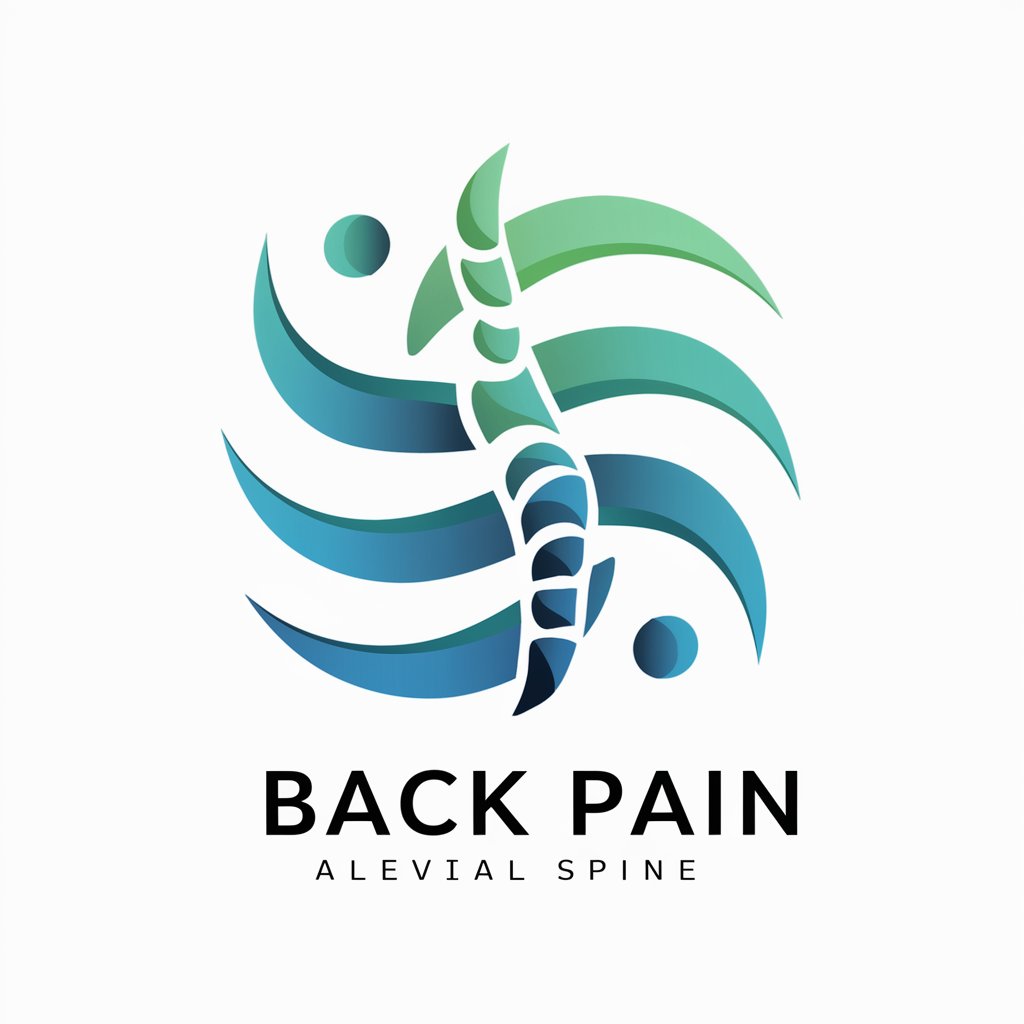
Small Business Guide
Empowering real estate with AI insights

Small Business GPT
Empowering Small Businesses with AI

Small Business Marketing Master
Empowering Small Businesses with AI-Driven Marketing

Small Business AI Consultant
Empowering Your Business with AI

FAQs on Shoulder Pain
How does Shoulder Pain help prevent frozen shoulder?
It emphasizes maintaining shoulder mobility through a series of stretches and exercises designed to keep the joint fluid and flexible, thus preventing the stiffness and immobility characteristic of frozen shoulder.
Can Shoulder Pain assist in post-injury recovery?
Yes, it offers guidance on gradual, pain-free exercises to restore range of motion and strength without exacerbating the injury, aiding in a more effective and safer recovery.
What kind of exercises does Shoulder Pain recommend?
It suggests a variety of stretching and strengthening exercises tailored to your specific condition, focusing on gentle movements that extend to just before the pain point to avoid further injury.
How can Shoulder Pain help manage chronic shoulder pain?
By providing personalized exercise routines and lifestyle adjustments that address the root causes of pain, it helps in mitigating discomfort and improving overall shoulder function over time.
Is Shoulder Pain suitable for all ages and fitness levels?
Absolutely, it offers scalable advice and exercises that can be adjusted to fit the physical capabilities and recovery goals of individuals across various ages and fitness levels.
